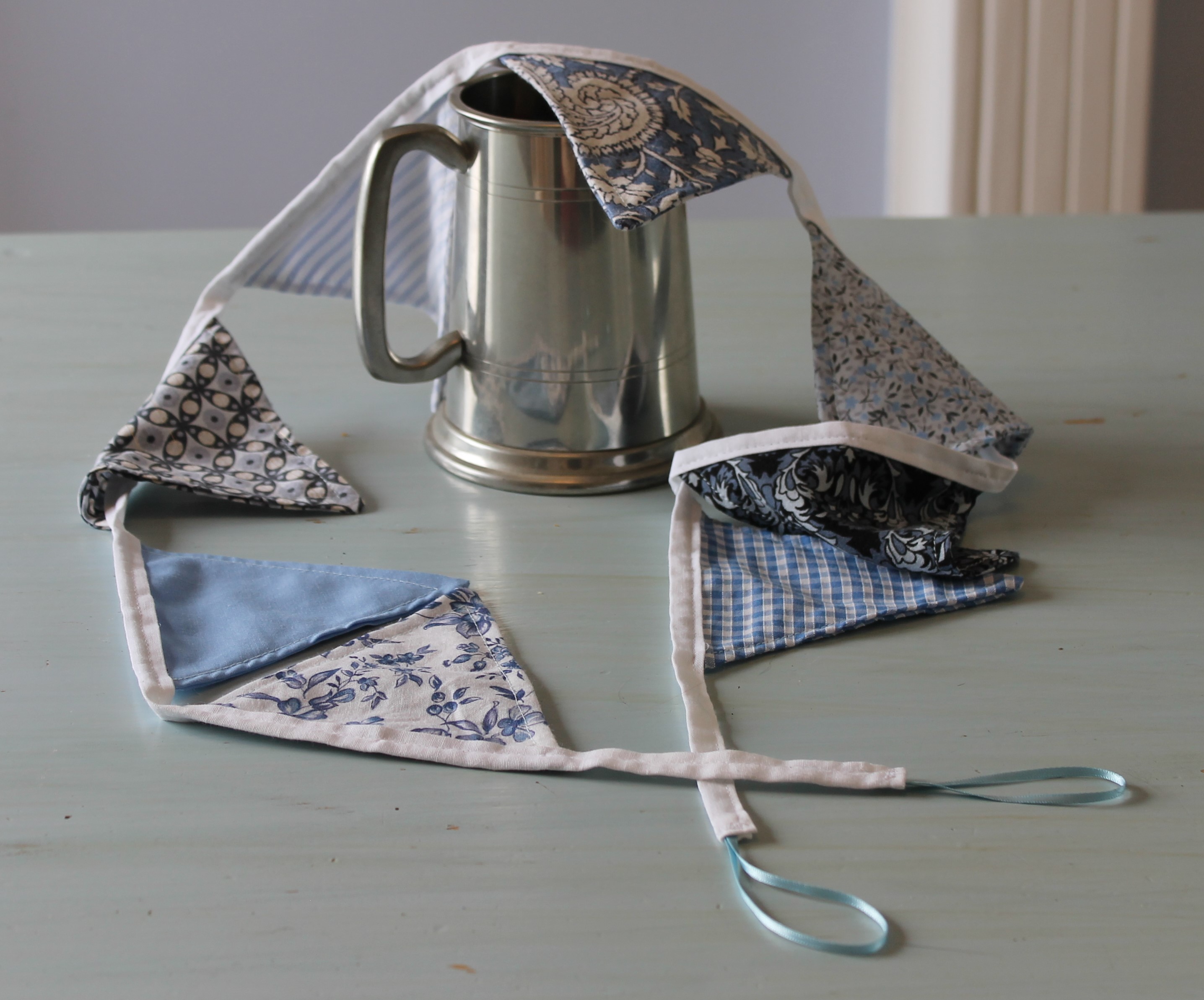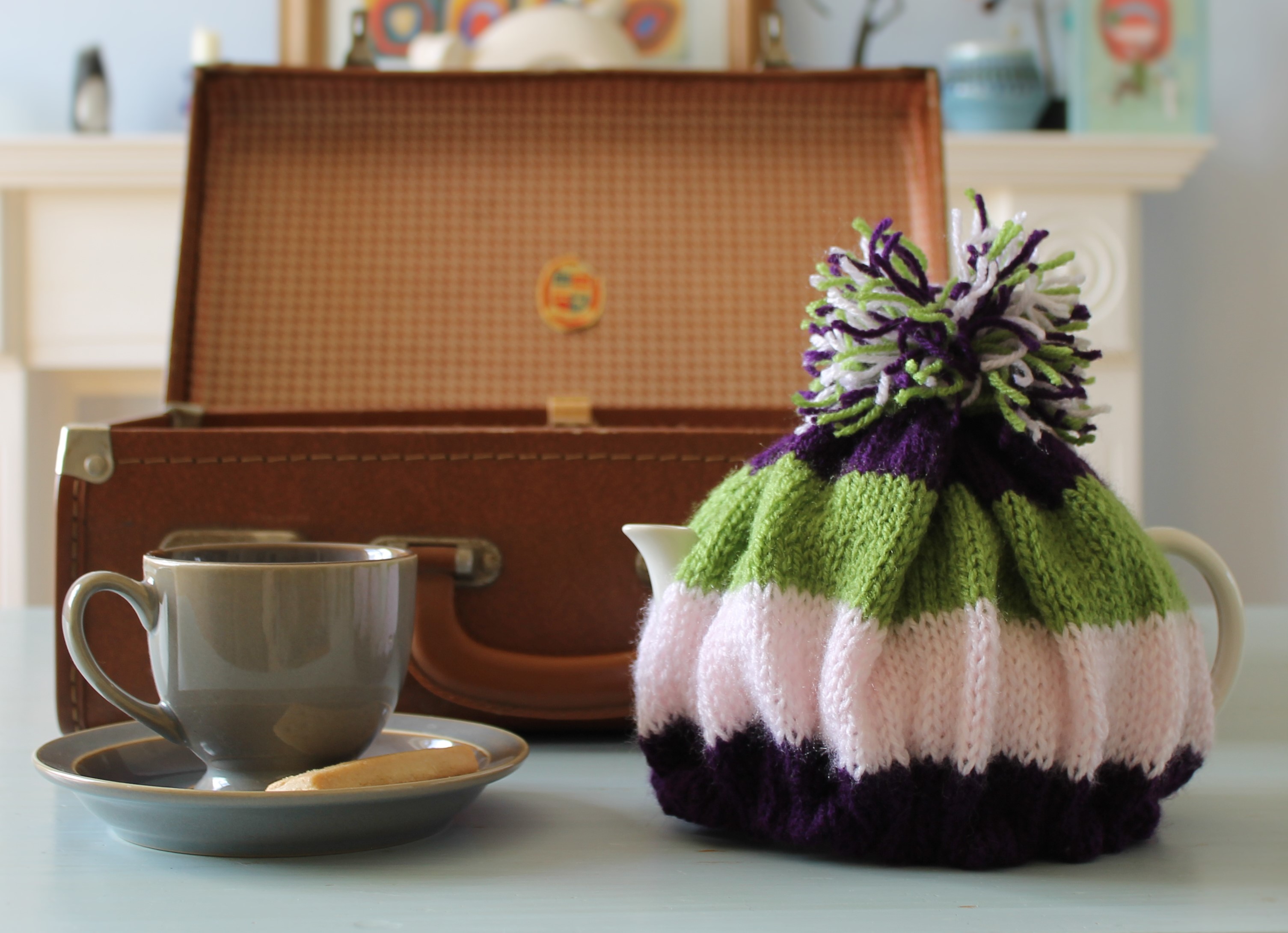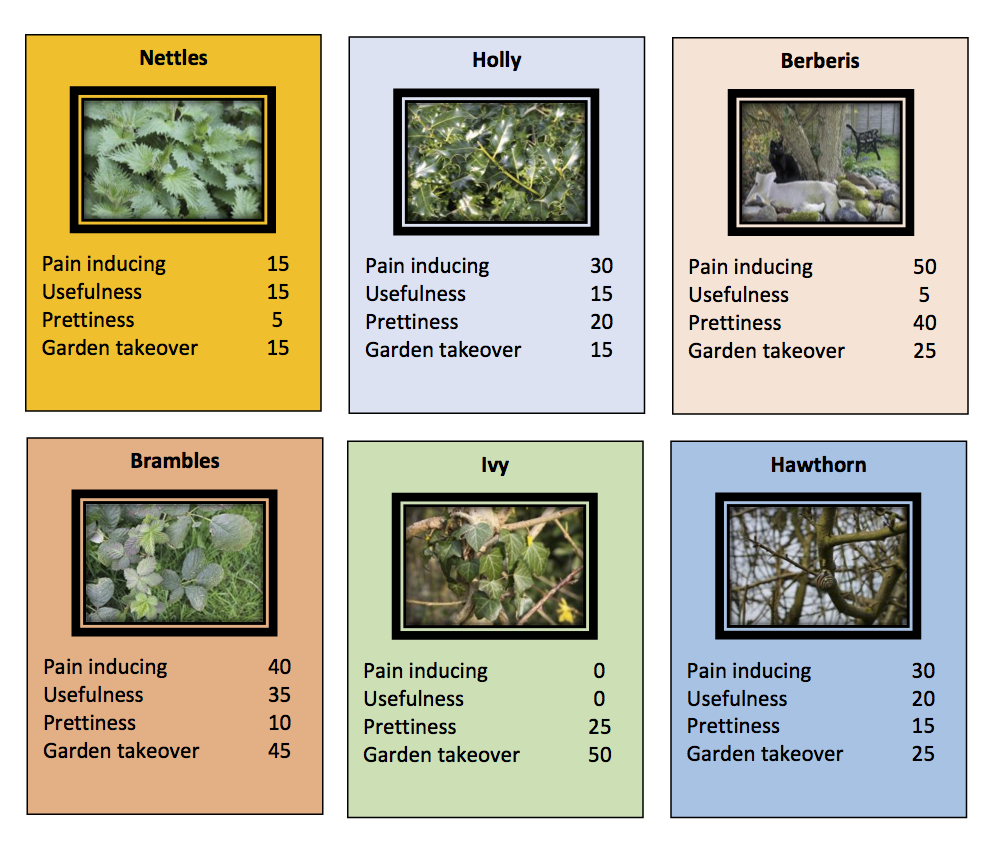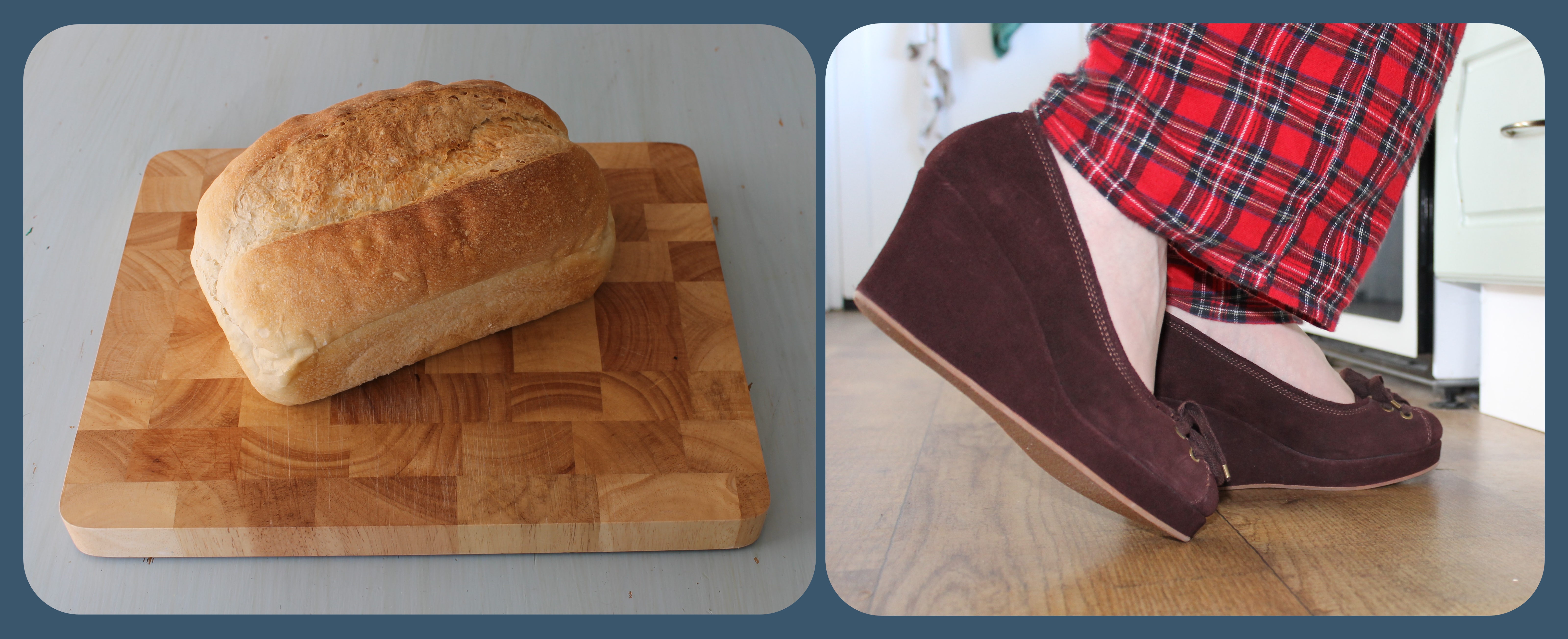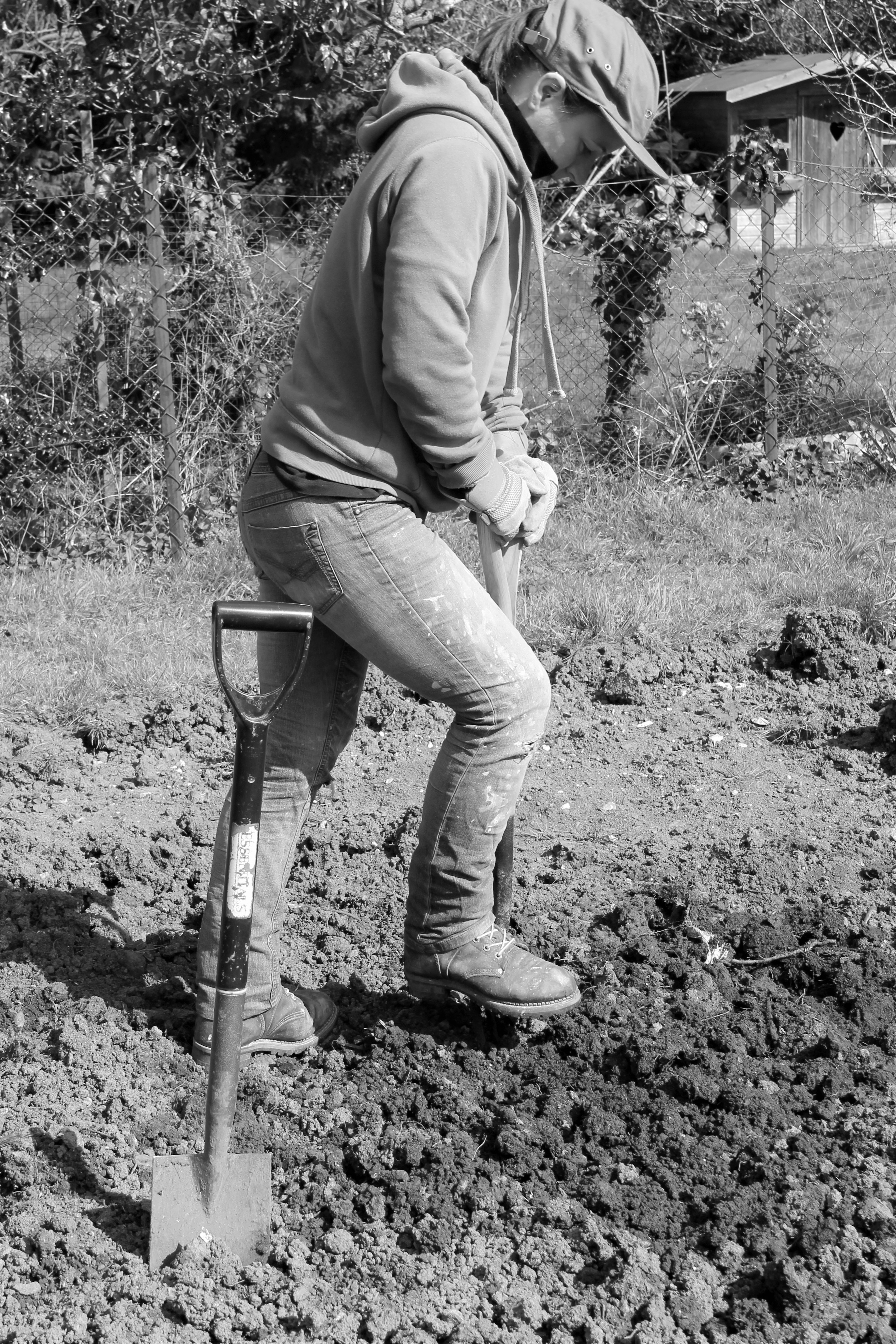The poem I am posting here is one I wrote inspired by the debate around pylons.
I live in the county of Suffolk, a place I think has beautiful landscapes in part because they are so open you can often see for quite some distance across fields, nature reserves and coastlines.
It was as I was travelling from my old house on the coast to the one which we were renovating in a small village in the heart of Suffolk, that I would pass many ‘Bury not Blight’ signs stuck in fields, front gardens and along rural routes and would also see the pylons to which they were referring.
I find myself very torn on this subject. I worry deeply about what we are doing to this planet; the amount we take out of it and just as much the non-natural things we bury back into the ground and sea. It concerns me that, things we do in the name of progress and for the future, could relatively quickly become obsolete and another move that we may regret in years to come.
But I have wondered on occasion what the views around the county would be like unbroken by the giant metal structures that are everywhere now.
I am very lucky to have a wonderful view from my home over fields. Until recently they have been slightly obscured by electricity cables that run through the back of all the gardens on the road in which we live. These wires did not bother me; but a couple of weeks ago they were taken down and it was as they were being lowered to the ground and the view opened up fully to me that it brought to mind again the ‘Bury not Blight’ debate.
This poem is not a comment in either direction on what we should or shouldn’t do. It was merely inspired by the signs and the structures I saw on my daily commute. I remain ambivalent on the issue.
At the time of writing this poem, the pylons I passed daily were set amongst rape fields – hence the reference to feet in yellow and green. I was going to take a picture this year to accompany the poem only to find the crops had been rotated and they stood amongst other produce. Luckily a good friend of mine had a picture that fits ideally and she has been kind enough to let me use it here.
So here it is.
The Burial Plot
The iron men stand.
With feet dipped in yellow and green
Into the brown earth below, their toes they bury deep.
Regimental lines span across the land.
Hard to attention, as giants they stand.
Their job; to hold in outstretched limbs the lines of power
And over our heads a whisper passes every second, every minute, every hour.
They did not march onto our fields
An invading force to make us yield.
We must accept and think again
And know that we invited them.
We hate those ugly grotesque statues.
We detest their bodies that spoil our views.
We scorn, deplore, we curse and scour
Anything but admit that they are ours.
Could we go back to before they were here?
Would we go back to more simple years?
Knowing inside that we would not
We scheme and make our burial plot.
Bury them.
Bury the metal men.
Where once their limbs pierced through the ground
We will tear up the earth and lay them down.
Bury them.
Our aged ideals will lie with them.
Once they were progress, proud acclaim
Now we long to hide them as if in shame.
It is time, we say, to reclaim our land.
To pull them down, every last metal man.
And in deep trenches we will cover their heads.
And there they’ll lie, beneath our tread.
Bury them.

Many thanks to Ilona who has lent me her picture for this blog. You can find her on instagram under loney_j and you can find me there too under missjennymaywrites
